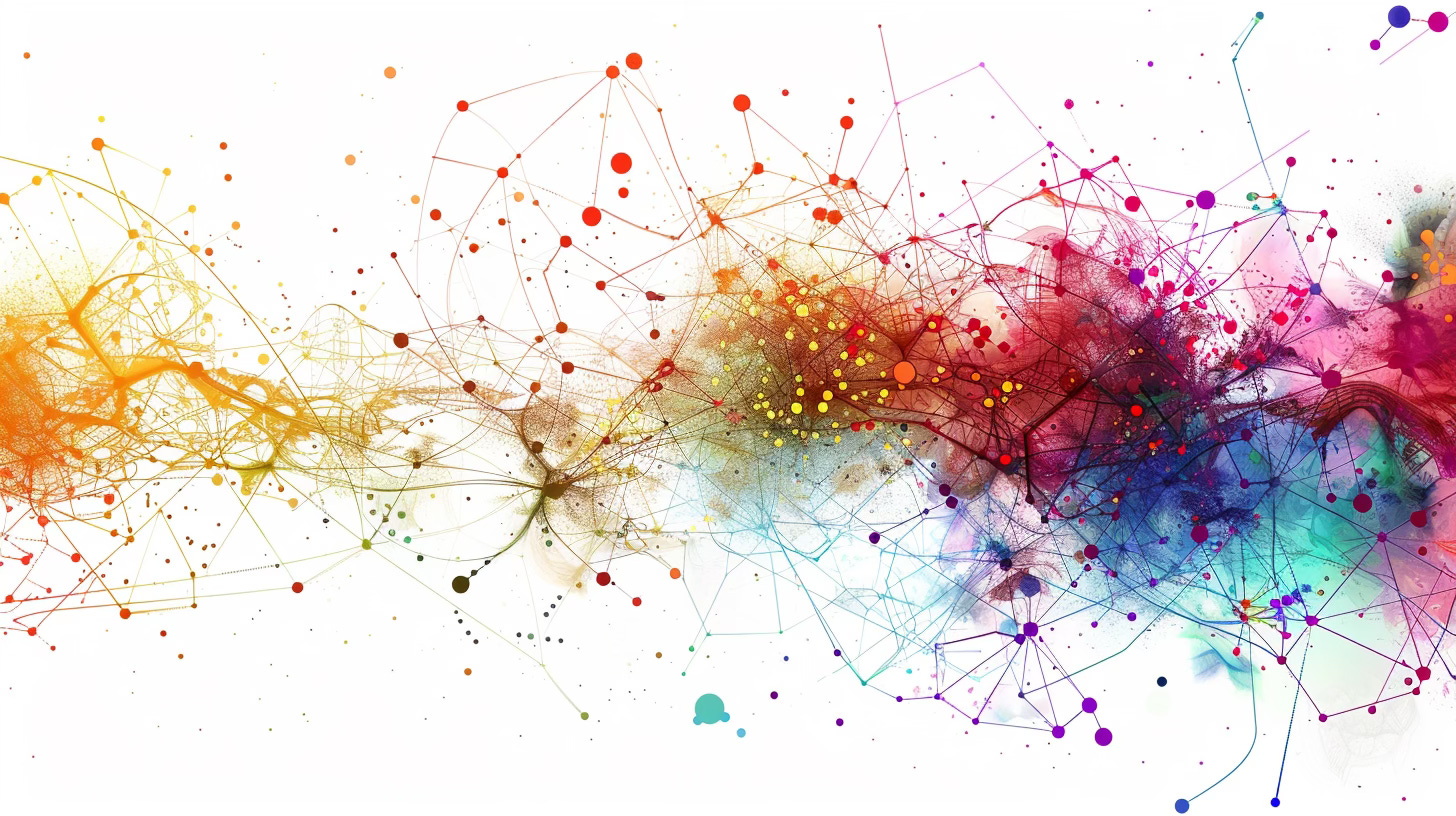Knowledge Is Power: The Role Of Knowledge Graphs For Enhancing Large Language Models
Discover How Structured Data Increases The Accuracy Of LLM And RAG Approaches
On March 05, Anthony Alcaraz (Chief Product Officer) joined me on “What’s the BUZZ?” and discussed how to supercharge your Retrieval-Augmented Generation (RAG) application with a knowledge graph. Knowledge graphs mark a significant advancement in the field of AI to structure and organize data and relationships. Knowledge graphs can enhance the efficiency and accuracy of LLMs and reduce factual inaccuracies. But where should AI leaders start? Here is what we’ve talked about…
Challenges Of Retrieval-Augmented Generation (RAG)
Retrieval-Augmented Generation (RAG) leverages large language models to generate precise answers by integrating specific, relevant information. This technique, however, encounters challenges, particularly in ensuring the accuracy and relevance of the data fed into these models. Misleading or inaccurate information can result in confusion and diminish the model’s effectiveness.
To address this, the concept of knowledge graphs is introduced as a sophisticated method of organizing data. Knowledge graphs create a structured, interconnected web of information that describes real-world entities and their relationships in a format easily interpreted by machines. This structure not only enhances the accuracy and transparency of RAG systems but also facilitates the application of AI across various fields, demonstrating the versatility and importance of carefully curated and structured data in improving AI outcomes.
Building A Knowledge Graph
Developing knowledge graphs involves specialized knowledge, including familiarity with specific programming languages and database queries, such as Cypher Queries for Neo4j or Spark SQL queries. Historically, creating these graphs required significant technical expertise and a deep understanding of the data being organized.
» A knowledge graph gives you huge control of what feeds the LLM and you can apply mathematical operations on your knowledge graph. «
— Anthony Alcaraz
However, the advent of LLMs has significantly transformed the process of building knowledge graphs. LLMs facilitate the conversion of unstructured data—ranging from emails and business reports to relational database numbers—into structured, machine-readable formats.
This shift towards easier and more cost-effective knowledge graph construction marks a significant step in democratizing data structuring technologies, enabling a wider range of businesses to exploit their data to its full potential.
Importance Of Data Quality For Future AI
The defining feature of current LLMs is their ability for in-context learning, enabling them to adapt and apply new information beyond their initial training. This capability underscores the importance of high-quality, well-structured input data. As AI technologies advance, the differentiation among companies will increasingly rely on the quality of their data.
Knowledge graphs are crucial for leveraging future AI advancements, emphasizing the strategic value of investing in high-quality data infrastructure. Furthermore, the application of LLMs extends to automating processes like document understanding, highlighting the importance of proper data structuring for maximizing AI efficiency and accuracy. This period marks a significant leap in technology, promising enhanced accessibility to knowledge and personalization through strategic data investments and open-source innovations.
Summary
RAG and the use of knowledge graphs highlight the importance of precise, structured data in enhancing LLMs. Facing challenges with misleading information, RAG systems benefit from the structured, interconnected data provided by knowledge graphs, improving AI's accuracy and efficiency. LLMs' in-context learning capabilities underscore the value of knowledge graphs for ensuring data integrity, making them crucial for future AI advancements. As AI technologies progress, the focus on structured and high-quality data will become a critical differentiator, underscoring the need for strategic investments in sophisticated data infrastructure.
Are knowledge graphs the next frontier in AI?
Listen to this episode on the podcast: Apple Podcasts | Other platforms
Explore related articles
Become an AI Leader
Join my bi-weekly live stream and podcast for leaders and hands-on practitioners. Each episode features a different guest who shares their AI journey and actionable insights. Learn from your peers how you can lead artificial intelligence, generative AI & automation in business with confidence.
Join us live
April 02 - Bernard Marr, Futurist & Author, will discuss how leaders can prepare for converging technologies and AI.
April 16 - T. Scott Clendaniel, VP & AI Instructor at Analytics-Edge, will share how you can use Generative AI to improve the user experience.
April 30 - Elizabeth Adams, Leader, Responsible AI, will share findings from her research on increasing employee engagement for responsible AI.
Watch the latest episodes or listen to the podcast
Follow me on LinkedIn for daily posts about how you can lead AI in business with confidence. Activate notifications (🔔) and never miss an update.
Together, let’s turn hype into outcome. 👍🏻
—Andreas









